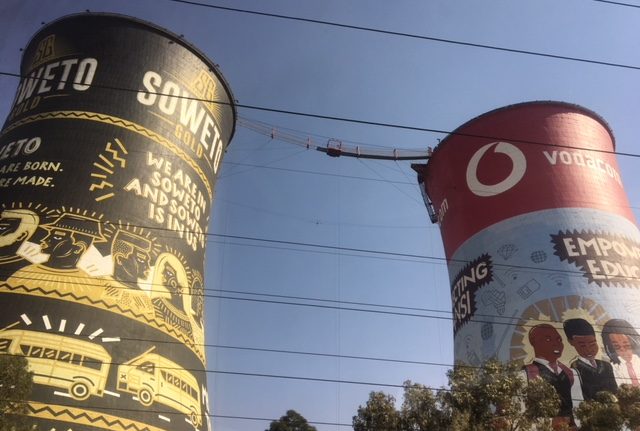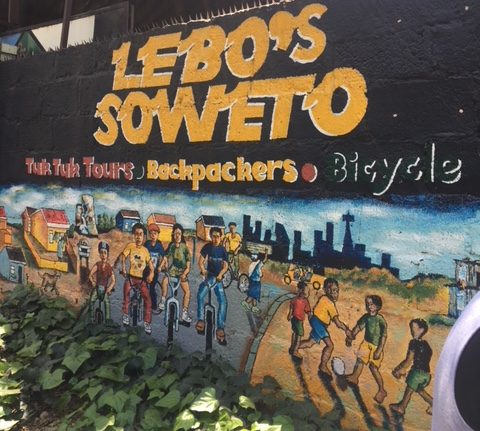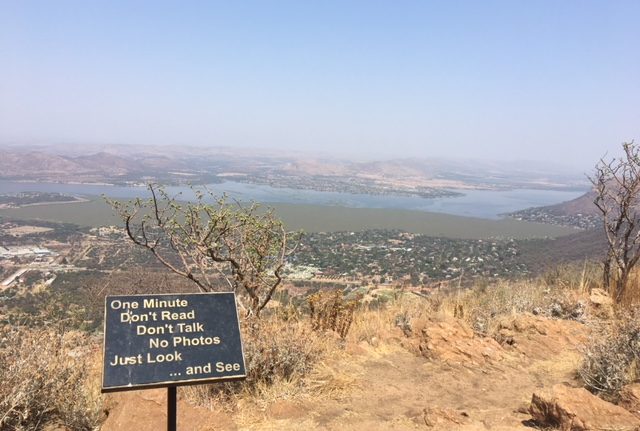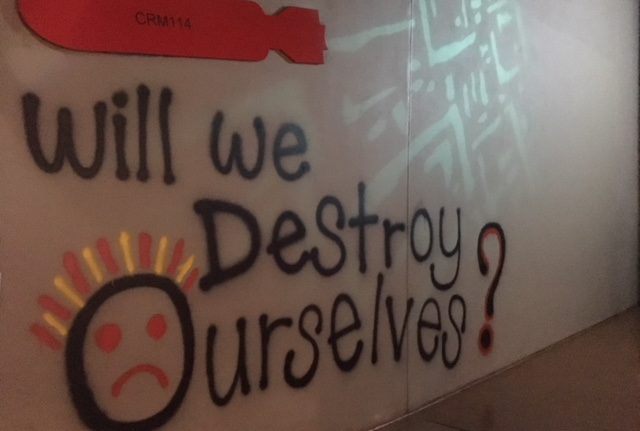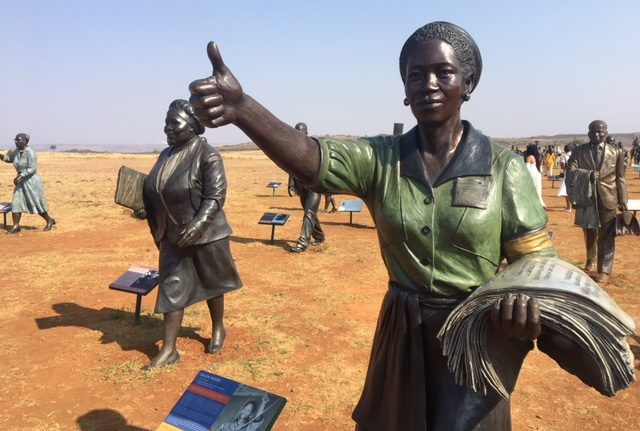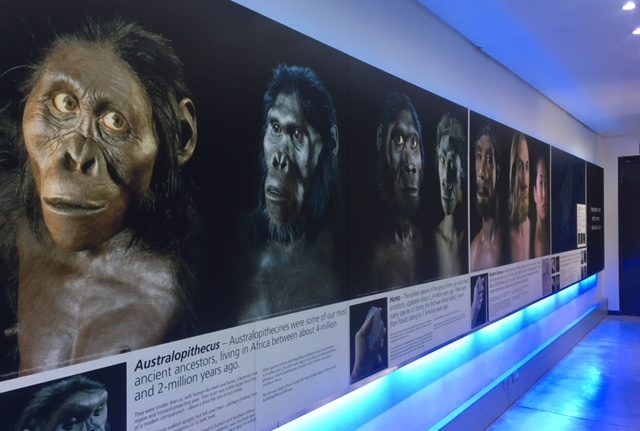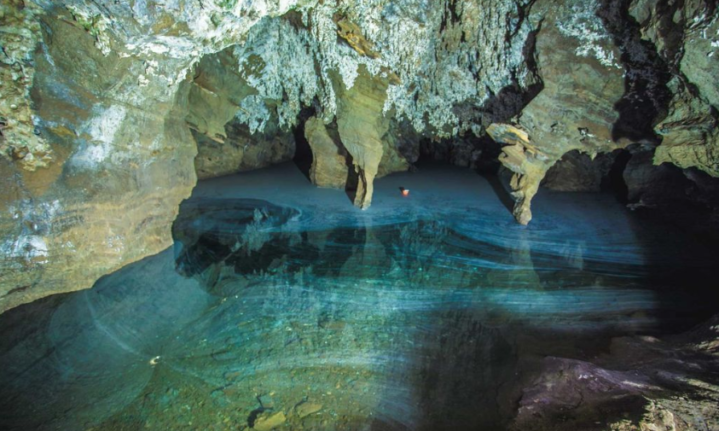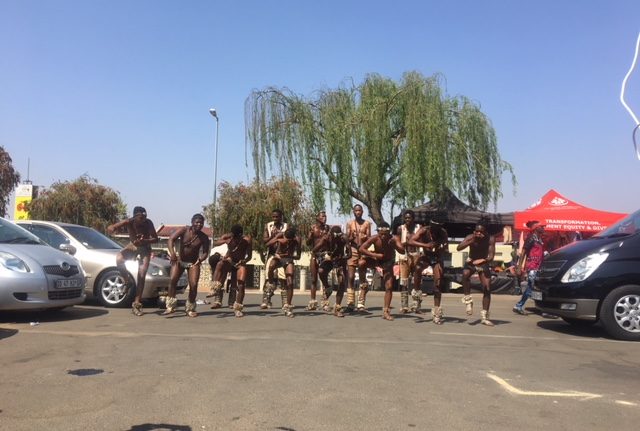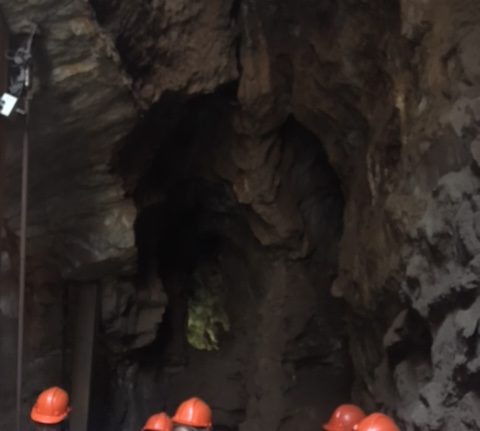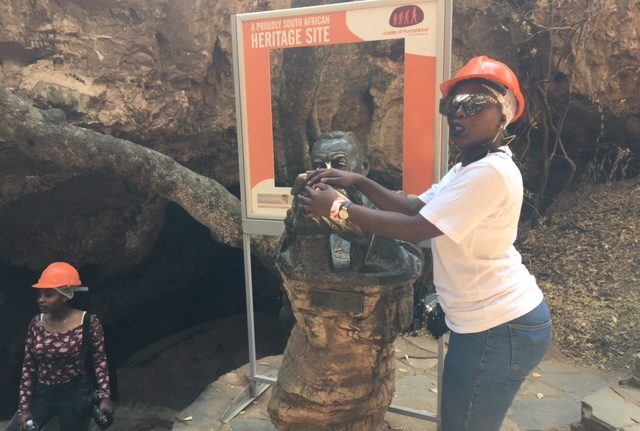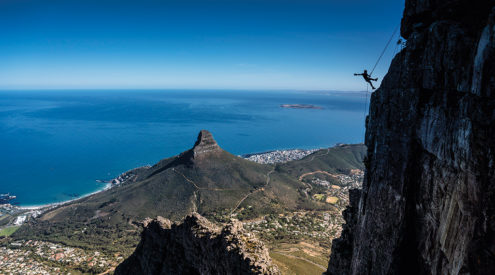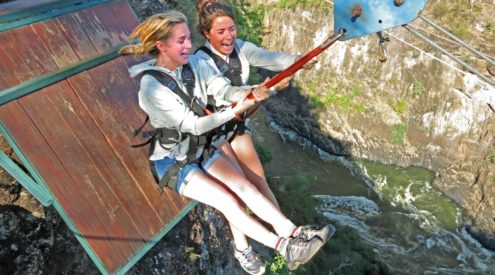As a born and bred Capetonian, I’ve grown up with the imposed belief that the Mother City was the be-all-and-end-all of South Africa. Nothing could compare to the sandy beaches, kilometres of wine farms and the general air of relaxation that filters through the city. As an adult, however, I’ve come to realise how much I’ve missed with this sheltered view. So when I was offered the opportunity to tour Johannesburg and its surrounding areas, I jumped at it. With a hastily packed suitcase and portable charger in hand, I set off on a sho’t left.
Day one: Soweto. Short for ‘South Western Townships’, Soweto is a grouping of townships that stretch 20 kilometres south-west of Johannesburg. The area originally housed mainly black labourers but expanded quickly. Our tuk tuk driver for the morning, Mama Tuk Tuk, took us through the backstreets of Soweto, swerving to avoid every pothole and loose brick with expert precision.
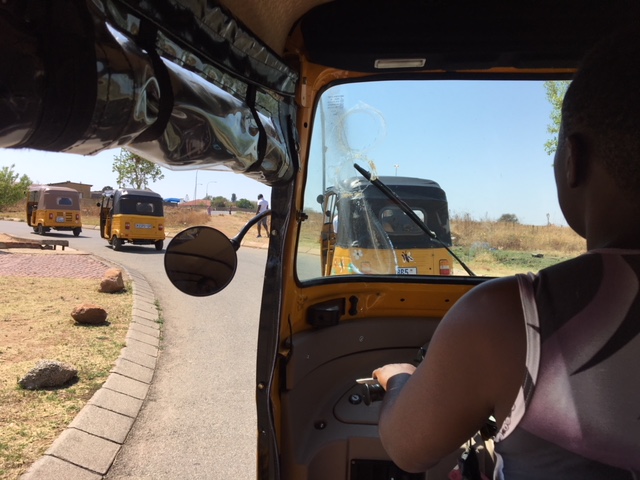
Mama Tuk Tuk shows us around Soweto.
We move swiftly between neighbourhoods, occasionally hopping off for a briefing on its historical significance and day-to-day life. Every second house offered up something new: R15 stew here, R2 ice-lollies there. Residents lined the streets, all communicating with each other in the familiar sense only those living in close proximity can. Children eagerly chased after the tuk tuk and elders nodded in greeting as we went by. An occasional ‘sawubona’ passed between us. ‘Sawubona is not just a greeting. It means “I see you”,’ explained our tour guide. ‘When you say this, you are saying that you recognise the God in them.’
The Tuk Tuk tour, run through Lebo’s Soweto Backpackers, highlighting persistent issues the area has faced since its inception: overcrowding, poor infrastructure, and lack of service delivery. The takeaway message is that while the blanket of democracy has been draped over South Africa, some areas are still left in the cold.

The bungee jump is a 100m drop.
When the tour was over, we switched speed and went for adventure. We pulled up to the colossal Soweto Towers and readied ourselves for the 100m bungee jump. What seemed like a lifetime of nervous preparation culminated in 45-seconds of exhilaration. I leapt off the bridge and felt my stomach drop in tandem with my body which is hurtling to the ground, only to be sprung right back up. After the initial jerk, I swung gently from side to side, finally able to appreciate the moment.
Having had enough of heights, we turned to a more horizontal activity: quad-biking. We cruised through Soweto, our motors roaring to the excitement of neighbourhood kids that crowded around us. In this moment I felt something I rarely ever do: cool.

Let’s get in formation.
We headed north of Johannesburg to Hartbeesport for day two of the tour. The small resort town offered scenic views and space for quiet contemplation. We caught the Harties cableway, which runs all the way to the top of the Magaliesberg. Near the cable car you’ll find restaurants, shops, a kids zone and the mountain offers amble space for hiking and adventure sports.
From the top we enjoyed panoramic views of Hartbeespoort dam, the Magaliesberg and the surrounding areas. On a clear day, you can even see Johannesburg from here.
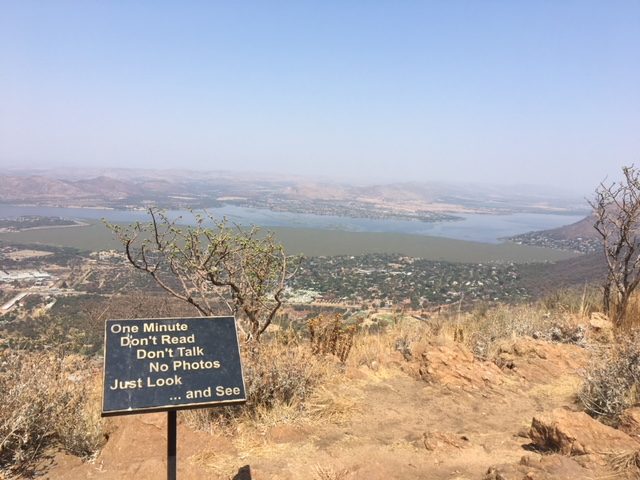
View from the top.
On our last day we visited the popular Cradle of Humankind. One of South Africa’s famed heritage sites, the Cradle of Humankind is the world’s richest early hominid site. Around 40% of the world’s known human-ancestor fossils have been discovered in the area, including two of the most notable fossil finds ever, Mrs Ples and Little Foot.
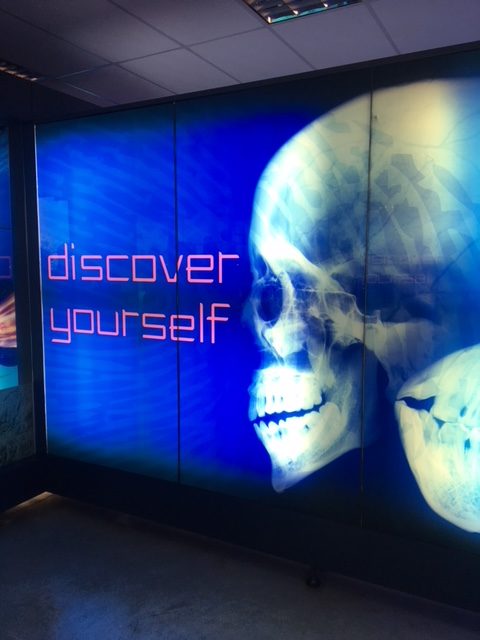
Various important fossils have been discovered at Sterkfontein Caves.
A tour of Sterkfontein caves should be on everyone’s wish-list. While it’s a tough trip, its worth it.
We followed the steep steps into the cave. Here our incredibly informative tour guide (a living, breathing Google) enlarged our minds with fascinating facts about this subterranean realm. For example, we were told about a lake within the cave, the depth of which is yet to be fathomed. In 1984 The University of Witwatersrand, which owns the caves, sent three divers to explore. Tied to ropes, two of the divers returned after reaching the end of their 40m ropes. One diver, Pieter Verhulsel, decided to venture further and didn’t make it out alive. These are just some of the many astounding facts you can expect to hear about on this tour. But be warned: there’s a lot of squatting and many stairs.
A statue of the famed palaeontologist Robert Broom stands outside the cave. We were told to rub the nose or hands of Mr Broom’s statue at the end of the tour. His nose is said to carry luck, and his hands wisdom. However, we were warned not to rub both or we’d ‘be cursed’.

Rub Robert Brooms hands for wisdom and his nose for good luck.
Setswana for ‘returning to the place of origin’, Maropeng lives up to its name. The world-class museum is an ode to life. It seems as if civilisation’s every move is carefully displayed in a self-guided, interactive tour. The brief guided tour led us to a indoor boat ride where we interacted with the four elements: water, fire, air, and earth. From here, we entered the self-guided section. A massive interactive room taught us about our ancestors, ourselves and our impact on the environment and our future.
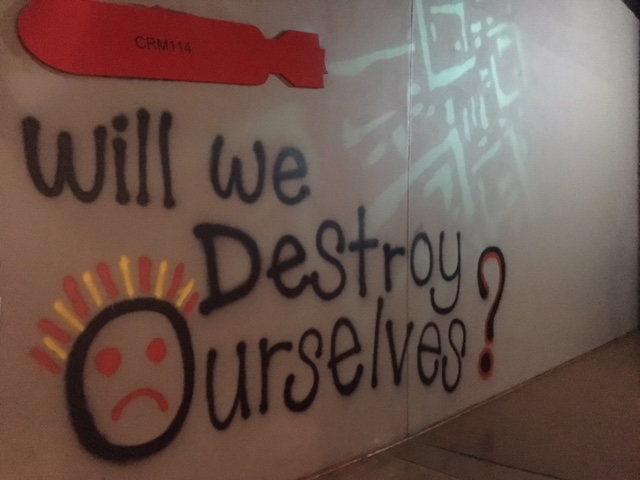
The museum poses many important questions.
Before leaving the museum, we took a stroll through the ‘Long Walk to Freedom’ exhibition. Notable historical figures from over the world are displayed in life-size bronze sculptures, with bio’s explaining their contributions. Icons like Nelson Mandela, Lillian Ngoyi, Shaka Zulu, and Helen Suzman make up part of the 95 figures symbolically walking together towards freedom. This exhibition falls in line with Maropeng’s purpose: to detail the people of South Africa’s story, our history.
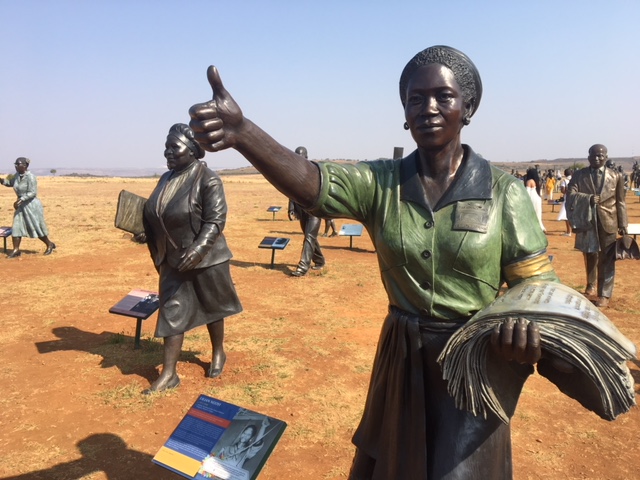
Lillian Ngoyi gives us the thumbs up.
South Africa has a complex and long history. This country is a mixed bag of contradictions: beauty with pain; modernity with tradition. On this trip I was able to experience some of the many facets of our country, and understand a little more of what makes South Africa so unique. It was an unforgettable experience, and I’m already looking forward to my next sho’t left.
If you also want to enjoy more of the country, visit South African Tourism. During Travel week, September 23 to 29, they are offering up to 50% off all these activities and more from participating travel partners across the country.
If you decide to follow an organised tour, go with Tshuku Transport & Tours. Their managing director, Mpho, is incredibly dedicated, knowledgable and passionate about travel, and is always eager to accommodate anyone’s needs.









